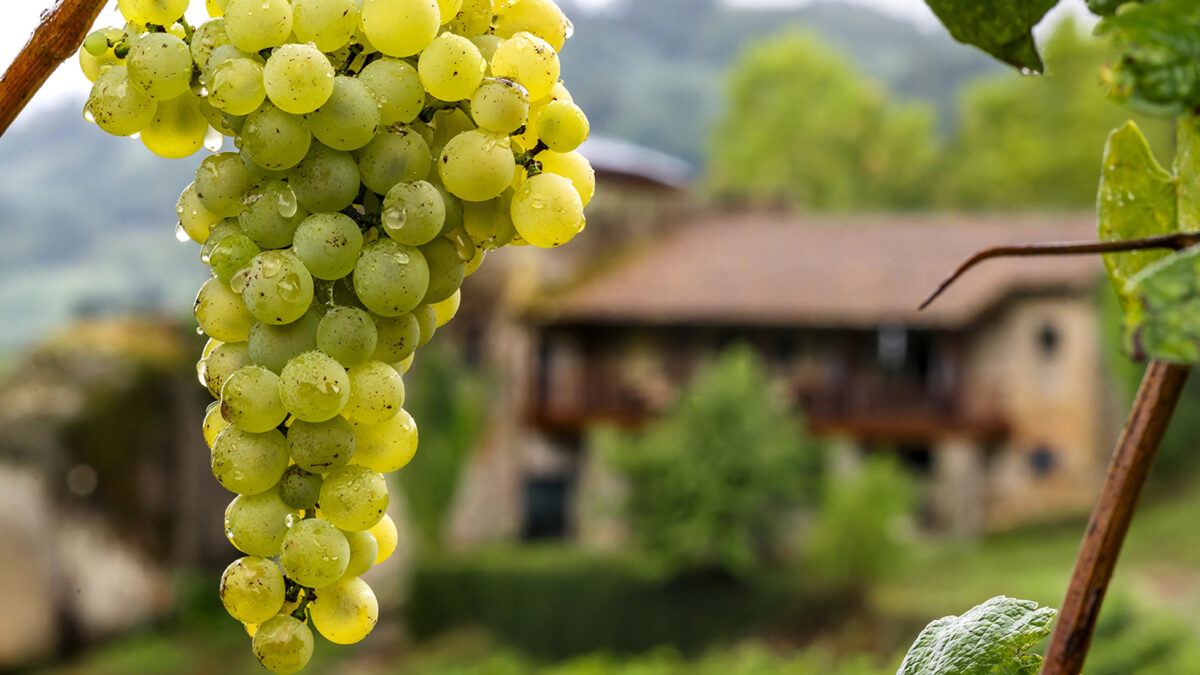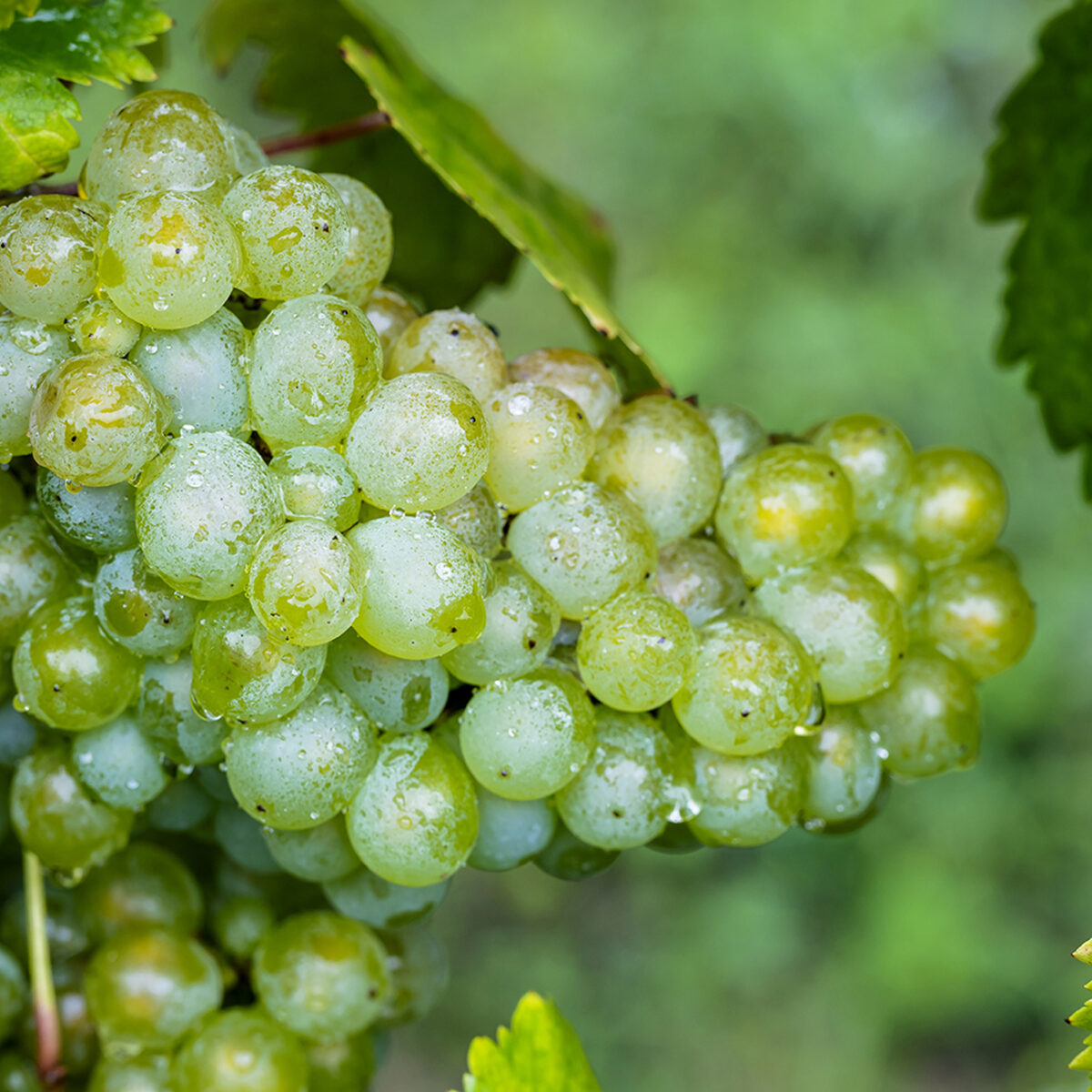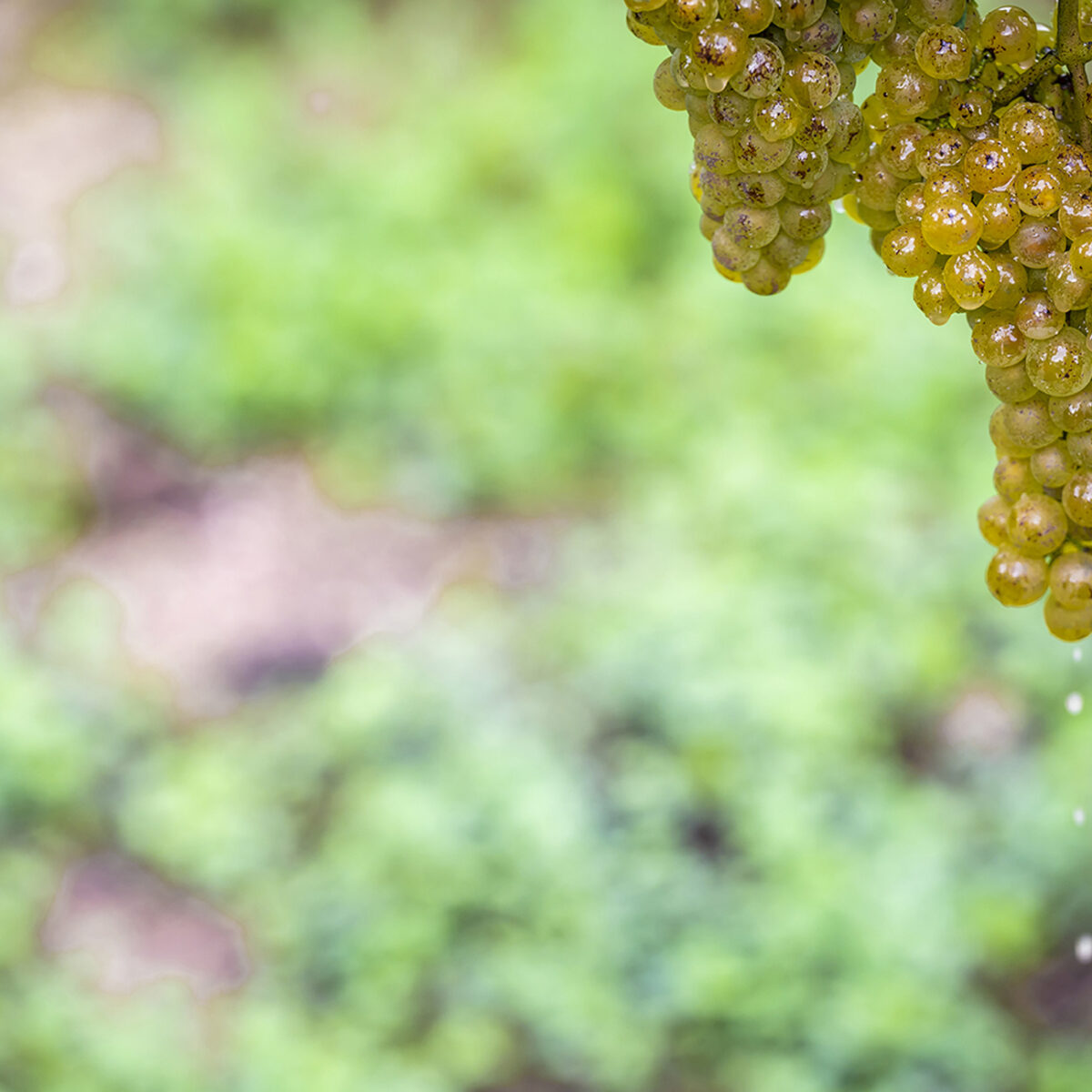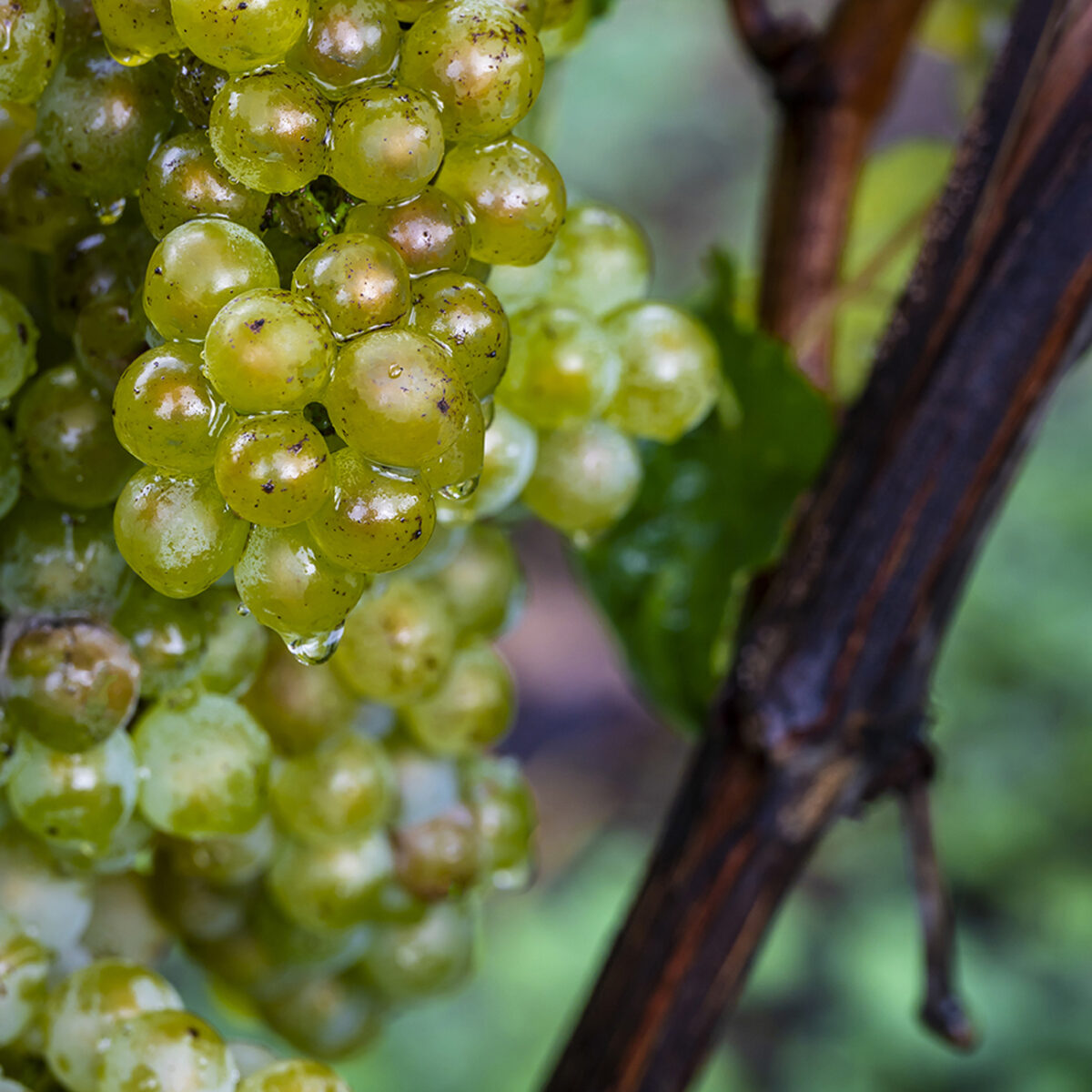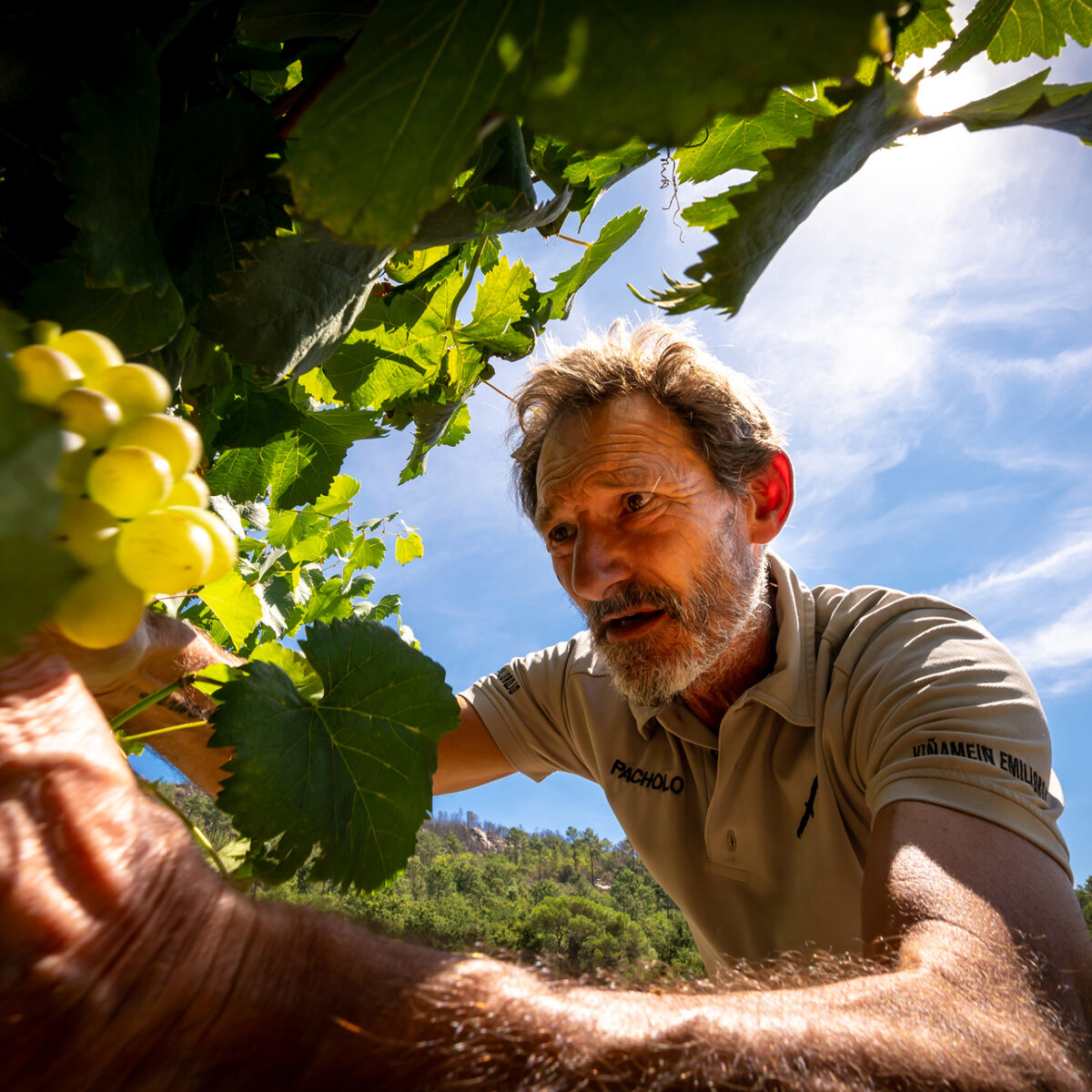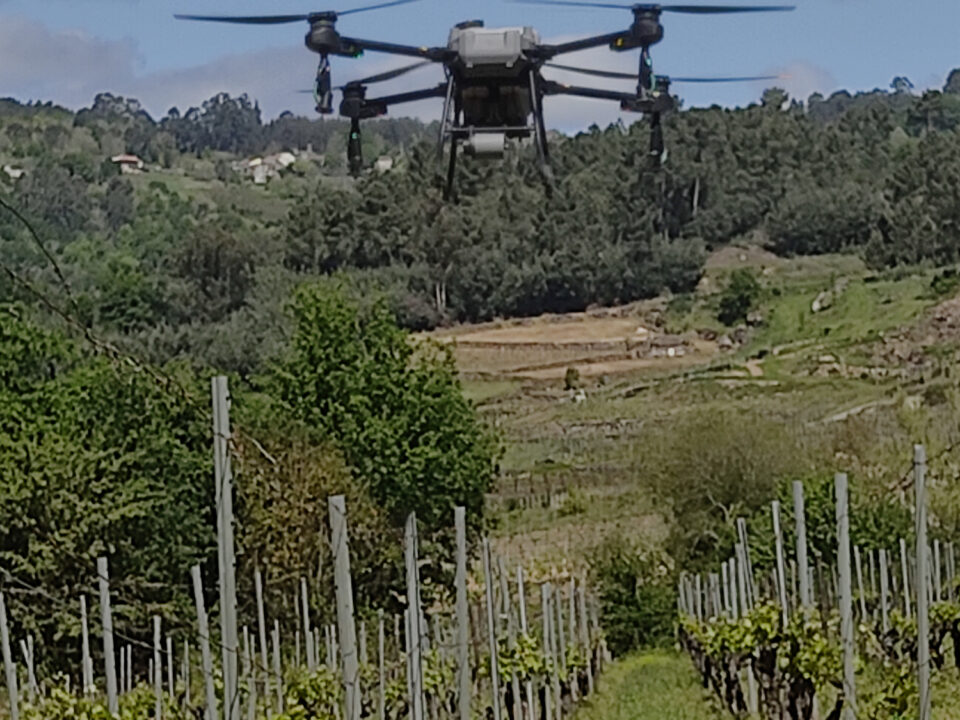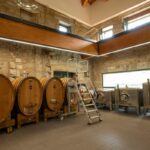
Viña Meín – Emilio Rojo wins the ACLUXEGA 2025 Award for its commitment to geothermal energy
06/06/2025The garden of Ribeiro white varieties that we find in our vineyards is a reflection of the region’s viticultural history. The Avia valley, which for centuries was the wine producer of the first tourist movement in modern history, the Camino de Santiago, supplied as many pilgrims as stories were told in front of its wines.
Despite having been a place of passage for so many pilgrims coming from so many producing areas until the twentieth century, it maintains a very Galician varietal identity. They are here, in whites and reds, a witness of what the region is. And to talk about Ribeiro is to speak of diversity. Despite the majority treixadura, we find in our vineyards, sometimes in coplantation style, sometimes separated by terraces or lines, the most important white varieties or castes brancas of the Avia valley.
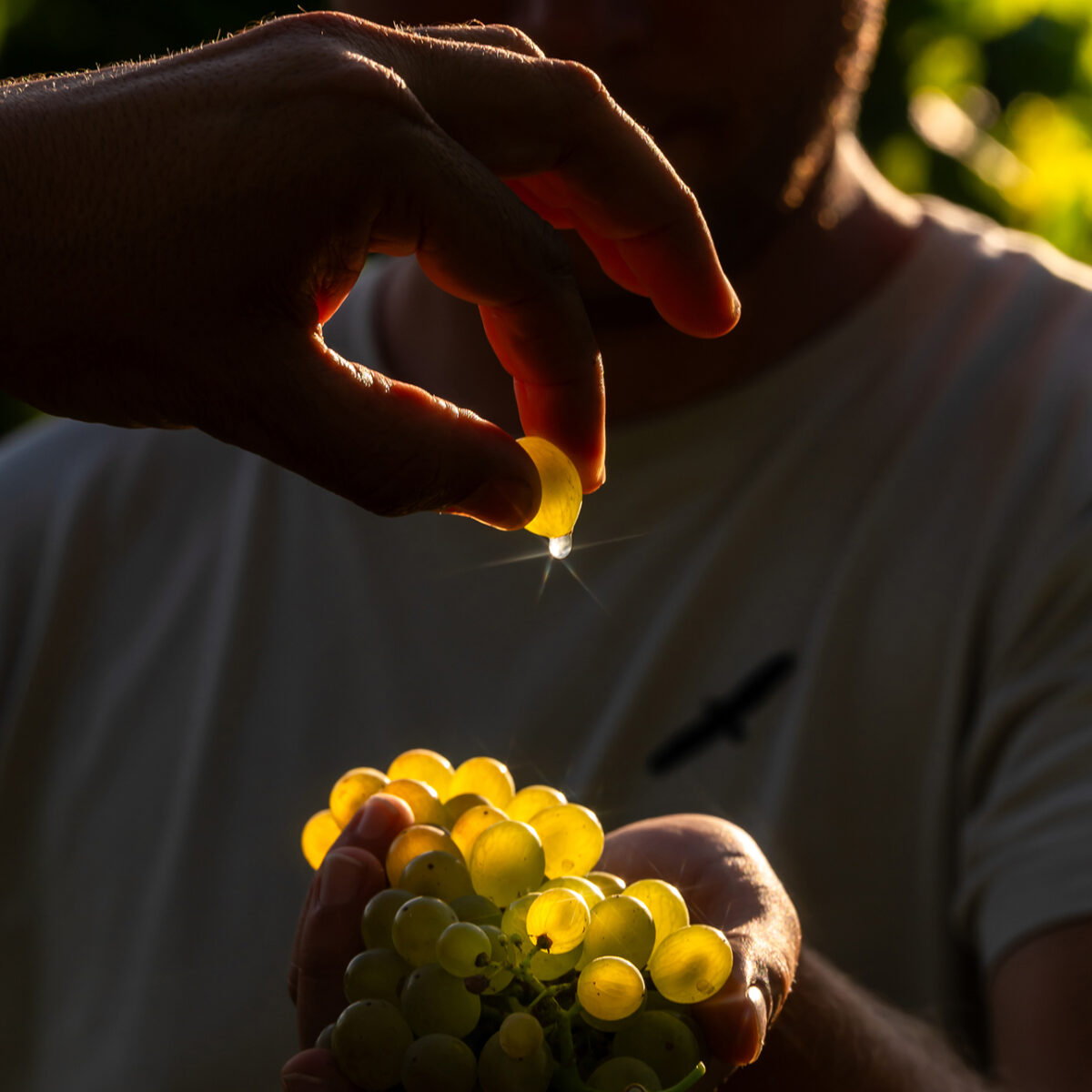
The white varieties of Ribeiro
Treixadura is certainly the most important grape variety in Ribeiro. The Avia valley has it as an identity variety. When we talk about multi-varietal wines, treixadura always occupies an important part of them. In our concept of expressing the landscape, at Viña Meín – Emilio Rojo, this is the main variety in all the wines. Elegant and subtle, it gives us wines with delicacy and sobriety, with very positive natural freshness and an aromatic depth and enveloping mouthfeel.
Godello, which in other wine-growing areas is becoming a single-varietal variety, has always been in Ribeiro an ingredient with which to compose the landscape. Very early ripening. When vinified, it provides above all fat and a wonderful creamy texture. The muscle of our wines.
Albariño is the third variety in our vineyards. With a strong identity in Rías Baixas, as a single varietal in some subzones of the neighboring DO, in the Galician interior it has always been used as a vibrant counterpoint to other varieties. A marked floral character and the characteristic acidity of this variety lightens our wines and becomes a key element in blends.
The white minority varieties of Ribeiro
Caíño blanco is the great unknown. Much more present in the popular knowledge are its red cousins, but in our concept, it becomes a fundamental grape. It is energy. Aromas of white fruit mixed with good acidity and a roundness that we do not find in other varieties. Its expressiveness and depth appear without losing freshness.
Loureira is one of the important varieties in the Meín amphitheater, but it is not so present in the rest of the Avia valley. It is possibly the variety with the greatest freshness, both in tasting and in analytical tests. Being part of the blend allows us to bring a floral touch, very citric, which gives delicacy and finesse.
The lado was the great varietal that disappeared from Ribeiro, but is still present today thanks to the work of many winegrowers such as Emilio Rojo. However, today it remains completely unknown outside this appellation. In tasting it is a variety that appears as white fruit and spices that make it an ideal complement to the great white grapes.
Torrontés is the last of the singular varieties. A variety that has nothing to do with the recognized and reputed torrontés of Argentina. Here it is very scarce in our vineyard, but it is a fundamental part of the elaboration of our concept. In Meín it is presented together with treixadura in a co-plantation style. It needs the support of other more structured varieties, but its role is irreplaceable.
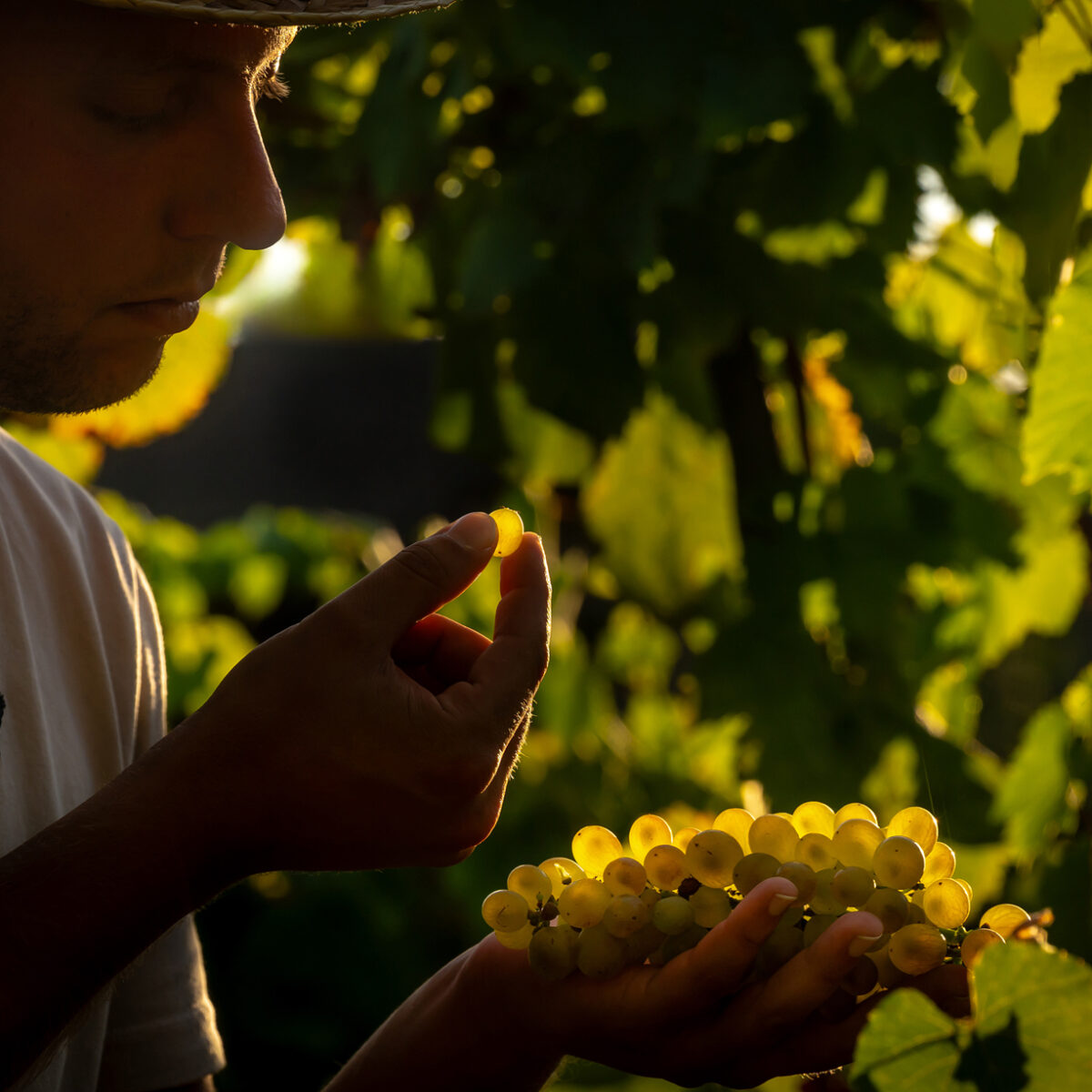
Sometimes different varieties reach ripening at the same time and the same variety in different areas of the plot reaches its optimum point in different weeks. Having several harvests per plot becomes a fundamental task to harvest at that optimum point.
The most authentic Avia valley has always been multi-varietal. The white varieties of Ribeiro are today the reflection of a unique viticultural history. But despite their different characteristics, their different organoleptic compounds, their unequal cycles, the important thing is at the root: the large plots and vineyards of Ribeiro have been great not only for their varieties, but for the balance found for centuries between these varieties, the sábrego soil and a viticulture aimed at achieving some of the best wines in the world.


